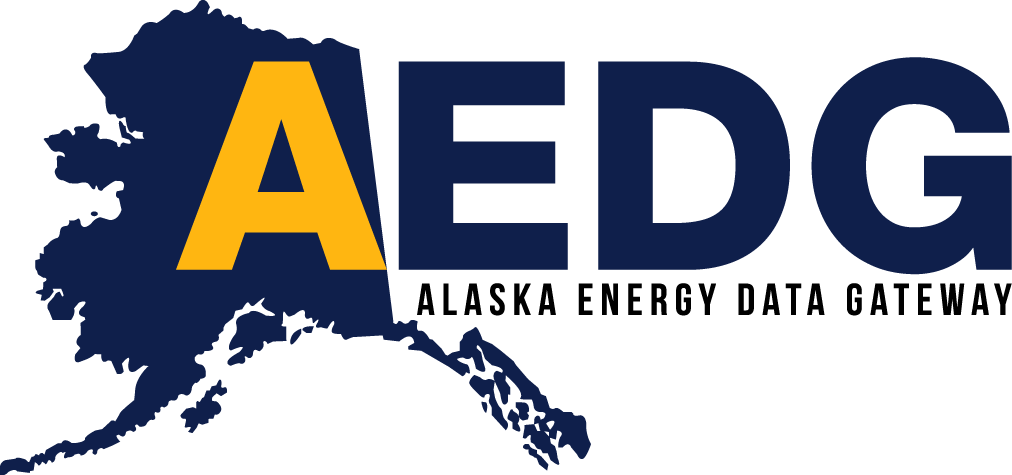Appendix C — AEDG Grids
Transitioning the definition of interties used in the Alaska Energy Statistics Workbooks
C.1 Complexity
The Open Energy Ontology OEO defines an electrical grid as a supply grid that is an aggregate of material entities such as power stations and power lines. Some data can only be reported at the grid level, meaning that once a power station inputs electricity into a grid, we cannot know which community finally consumes that power and all communities must be reported together. Clarifying these relationships for the AEDG display and correctly accounting for it in the data tables is tricky.
In Alaska’s environment of small isolated grids, multiple communities can be connected to the same grid or a community can be isolated on its own grid. The composition of a grid can change over time when, for instance, a community builds an intertie to an existing grid. In that case, a community could belong to multiple grids over time.
The relationship between grids and electrical utilities is also complex. In small communities, the grid and utility are essentially the same. However, some utilities (such as AVEC) have separate grids in each of the separate communities they serve. However, the Railbelt grid includes multiple electrical utilities serving communities in different portions of the grid.
C.2 Treatment
For his update to the Alaska Energy Statistics Workbooks, Neil McMahon has an intertie lookup table to link communities with grids. In that table, interties are identified with a unique identifier paired with a year that represents the last time a community was newly added to the grid. He then queried by that code to return a list of the communities.
The aim of AEDG is somewhat different, in that AEDG queries the data by community - probably for the current year but also maybe shifting to other years as well. Therefore, the format of our Grids table must have the community as the primary key. The example of the community of Mountain Village is used to describe how our tables work. Mountain Village had an isolated grid until 2020 when an intertie was built to connect it to an existing multi-community grid.
In this case, generation (with imaginary values) is reported by the grid id:
| year | grid | generation |
|---|---|---|
| 2019 | 64 | 30 |
| 2019 | 75 | 100 |
| 2020 | 75 | 130 |
And the Mountain Village is described and switching from one grid to another. 9999 for final_year means the grid is still active in its present form. The connection_year 1985 is the earliest year for which we have information.
| community (FIPS instead) | connection_year | final_year | grid_id |
|---|---|---|---|
| Mountain Village | 1985 | 2020 | 64 |
| St Mary’s | 1985 | 9999 | 75 |
| Andreafsky | 1985 | 9999 | 75 |
| Pitkas Point | 1985 | 9999 | 75 |
| Mountain Village | 2020 | 9999 | 75 |
If we are querying for generation with community = "St Mary's" & year = 2020, then the evolution of the grid is irrelevant. We just need to know if connection_year <= year < final_year so we know whether to grab generation for grid = 75. For community = "Mountain Village" we would get grid = 75 in 2020, but grid = 64 in 2019.
If we want to show all the communities associated with this generation value, then that query would be like: find all communities where grid_id = 75 & connection_year <= year < final_year. In 2019, this would return 3 communities and in 2020, it would return all 4.
